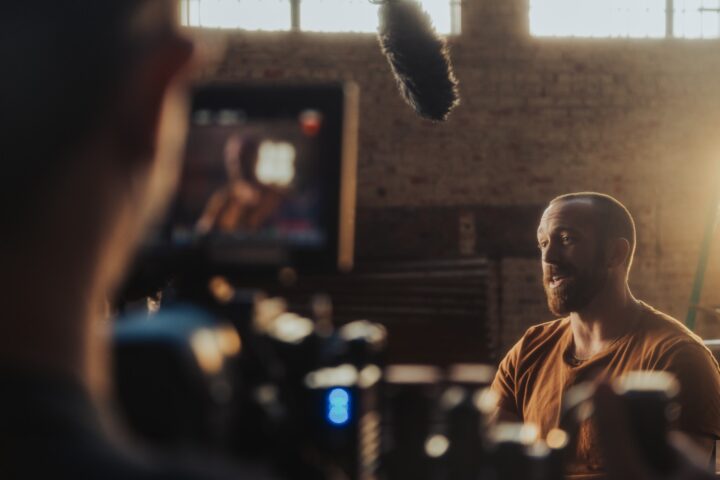As a filmmaker, video producer, or content creator, you know that high-quality audio is just as important as excellent visuals. Good sound can elevate your video content and make it more engaging for your audience. In this article, we’ll explore some essential techniques for recording, mixing, and editing sound.
Recording Techniques
Recording high-quality audio begins with capturing clean and clear sound on set. Here are some tips for achieving the best possible recordings:
- Use a High-Quality Microphone: Invest in a high-quality microphone that suits your needs. A shotgun microphone is ideal for recording dialogue, while a lavalier microphone can be used to capture individual voices. A condenser microphone can also be used for recording music or ambient sound.
- Choose the Right Location: Choose a location with minimal background noise, such as traffic or other people talking. If you’re recording outdoors, try to find a quiet spot away from traffic or other sources of noise.
- Check Your Levels: Make sure your microphone levels are set correctly before you start recording. Use a sound meter to ensure that your levels are not too low or too high.
Mixing Techniques
Once you have your recordings, it’s time to mix them. Mixing involves adjusting the levels, panning, and EQ to create a balanced sound mix. Here are some tips for mixing:
- Start with Dialogue: Start by mixing the dialogue first. Ensure that the dialogue is clear and balanced, and that it’s easy to understand.
- Add Sound Effects: Once you’ve mixed the dialogue, it’s time to add sound effects. Use sound effects to enhance the mood and atmosphere of your video.
- Use Music: Music can add emotion and energy to your video. Choose music that fits the tone of your video and supports the story.
Editing Techniques
Editing involves cutting, trimming, and rearranging your audio tracks to create a polished final product. Here are some editing techniques to keep in mind:
- Cut out the Fluff: Remove any unnecessary audio that doesn’t add value to your video. This will help keep your video concise and engaging.
- Use Transitions: Use audio transitions, such as fades, to smooth out any abrupt changes in your audio.
- Check for Consistency: Ensure that your audio is consistent throughout your video. Check that the levels, EQ, and panning are consistent from scene to scene.
Conclusion
Good audio is crucial for any video project, whether it’s for a movie, a YouTube channel, or a music video. By using these recording, mixing, and editing techniques, you can create high-quality audio that enhances your video content and engages your audience. Remember, recording clean audio on set, mixing your audio tracks to create a balanced sound mix, and editing your audio to ensure consistency and clarity are all key to producing a great final product. By paying attention to the details of audio production, you can take your video content to the next level and create a truly immersive and engaging experience for your viewers.
At Resonant Music Licensing, we offer a vast library of high-quality music tracks that you can use to elevate your video content. Our subscription plans give you unlimited access to our library of music tracks, sound effects, and other audio assets that you can use for your video projects. So if you’re looking to take your video content to the next level, visit our website and start a subscription plan today. With Resonant Music Licensing’s Subscription service, you’ll have access to the best music tracks and audio assets in the industry, all at an affordable price. Don’t wait – start your subscription plan now and start creating great video content that your audience will love!

